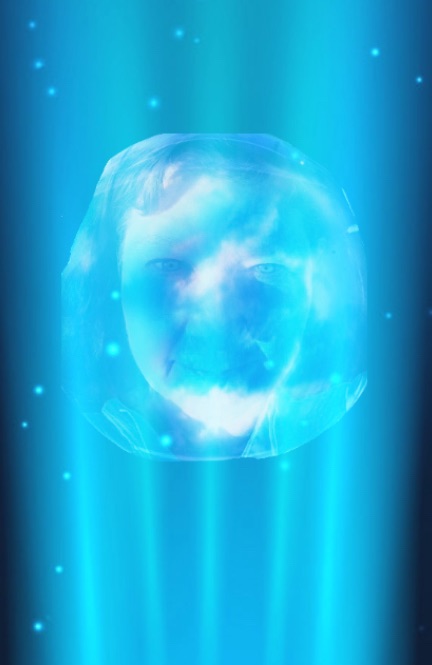1,847 reads
Virtual Gaming Worlds: NFTs Creating New Cross-Chain Gaming Monetization
by
December 13th, 2020
Audio Presented by

As a biz journalist, Trine has covered finance from NY, tech from Silicon Valley, and the blockchain space.
About Author
As a biz journalist, Trine has covered finance from NY, tech from Silicon Valley, and the blockchain space.